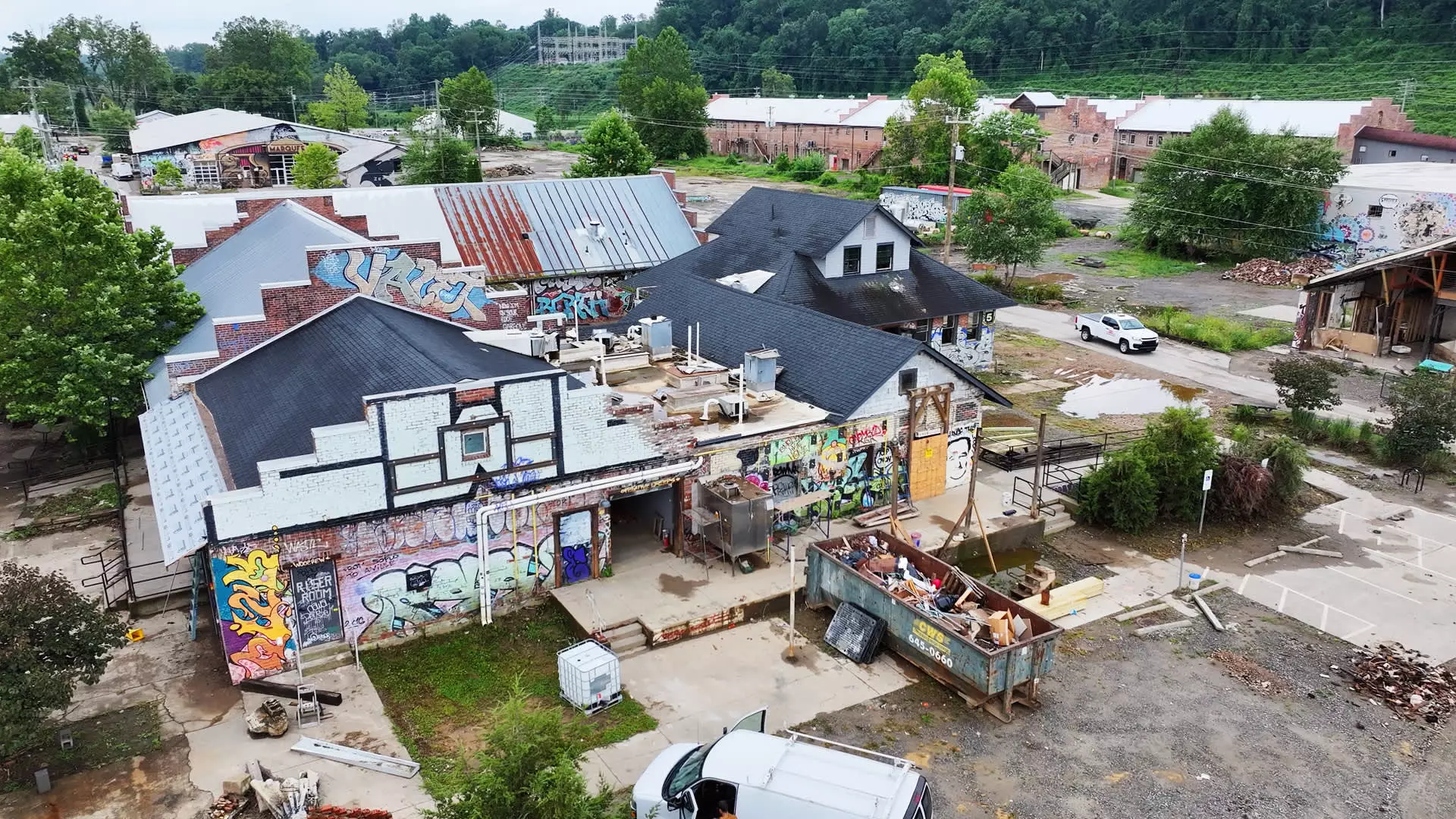Recent moves by the Trump administration threaten to fundamentally alter the landscape of disaster management in the United States. By proposing to cut federal funding and centralize the distribution of relief aid directly from the president’s office, the administration risks undermining the decades-long partnership between federal, state, and local governments. This approach, far from being a strategic enhancement, represents a shortsighted and potentially perilous shift that jeopardizes the resilience and recovery capacities of communities already battered by natural and man-made calamities. Federal agencies like FEMA have historically been the backbone of disaster response, but sidelining local agencies and shrinking funds limits their ability to act swiftly and effectively.
The administration’s intentions to reduce the overall budget authority, which currently hovers around $60 billion for FY2025, seem to dismiss the complex realities on the ground. These funds are not mere numbers—they are lifelines for communities facing the chaos of floods, wildfires, and hurricanes. Centralizing control claims efficiency but risks ignoring the nuanced needs of local populations. The idea that direct, top-down distribution will streamline aid ignores the profound knowledge and established networks local entities possess. These entities are best positioned to assess and respond to their communities’ specific needs, especially in the initial chaotic hours after a catastrophe. Diminishing their role and reducing federal support could lead to slower response times, increased suffering, and a fragmented recovery process.
The Lingering Failures of FEMA and the Cost of Austerity
Critics of FEMA’s current system highlight its perennial inefficiencies—slow payouts, bureaucratic red tape, and a tangled web of overlapping programs—issues that have persisted for years. According to the Government Accountability Office, over 600 disaster declarations remain unresolved, some stretching back two decades. This backlog isn’t merely a bureaucratic nuisance; it reflects systemic shortcomings that require comprehensive reforms, not cuts. Shrinking federal intervention under the guise of cost-cutting is counterproductive; it merely pushes the burden onto communities least equipped to handle it, especially those with limited income and resources.
The case of Hurricanes Katrina, Rita, and Wilma offers a stark reminder of what happens when the federal government withdraws support. Even with billions allocated in past budgets, full recovery has proven impossible, illustrating the fundamental flaw in expecting local governments to shoulder disproportionate responsibility. When the federal government neglects its duty, the consequences are grim: delayed recovery, increased economic losses, and community destabilization. Cutting aid in such contexts isn’t a prudence—it’s a reckless gamble with people’s lives and livelihoods.
Community and Economic Devastation: The Human Cost of Policy Failures
Most alarming is the message this administration’s policy signals: that disaster support is unnecessary or expendable in the face of unfolding crises. Take the case of Hurricane Helene in North Carolina, which inflicted nearly $60 billion in damages. Local and state governments received only a fraction of the required funds—about 6%. For communities and small businesses—like Asheville’s Village Potters Clay Center—this is a calamity of existential proportions. Floodwaters not only destroyed livelihoods but also hampered regional economic vitality. When a small business in the arts and tourism sector is wiped out because of inadequate federal support, the entire local economy suffers.
Moreover, the personal stories of resilience and hope often overshadowed by political indifference underline the human toll ignored in policy debates. Small business owners, families, and communities are not just statistics—they are the fabric of American society. When aid diminishes, their recovery turns into an uphill battle. They must contend with insurance claims, rebuilding efforts, and economic instability, all on strained local budgets. This approach effectively punishes the most vulnerable — it’s a policy that undervalues community strength and resilience in favor of fiscal austerity.
Empowering Communities, Not Undermining Them
A sustainable disaster response framework must recognize the essential roles of local governments, community organizations, and individuals. Reliance on a centralized federal system, especially one that purports to streamline aid but actually reduces layers of support, risks transforming disaster response into a top-down operation that is disconnected from local realities. FEMA’s purpose should be to empower—not to diminish—local capacity.
Investing in community resilience, streamlining aid programs, and fostering cooperative federalism should be the guiding principles. Effective disaster management is rooted in partnership; it demands mutual trust and shared responsibility. Dismantling this system under the guise of fiscal conservatism makes communities more, not less, vulnerable. For a nation that prides itself on resilience, the current trajectory is a threat to the very fabric of communal recovery and economic stability.
In my view, the shift away from supporting state and local initiatives in disaster relief is short-sighted, driven more by political agendas than by the needs of Americans. Instead, we should advocate for smarter, more equitable policies—ones that prioritize community stability, economic vitality, and true resilience. In doing so, we invest genuinely in the capacity of Americans to face adversity—not risking empty promises of efficiency at the expense of lives and livelihoods.


Leave a Reply